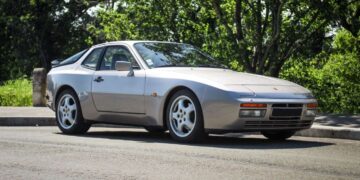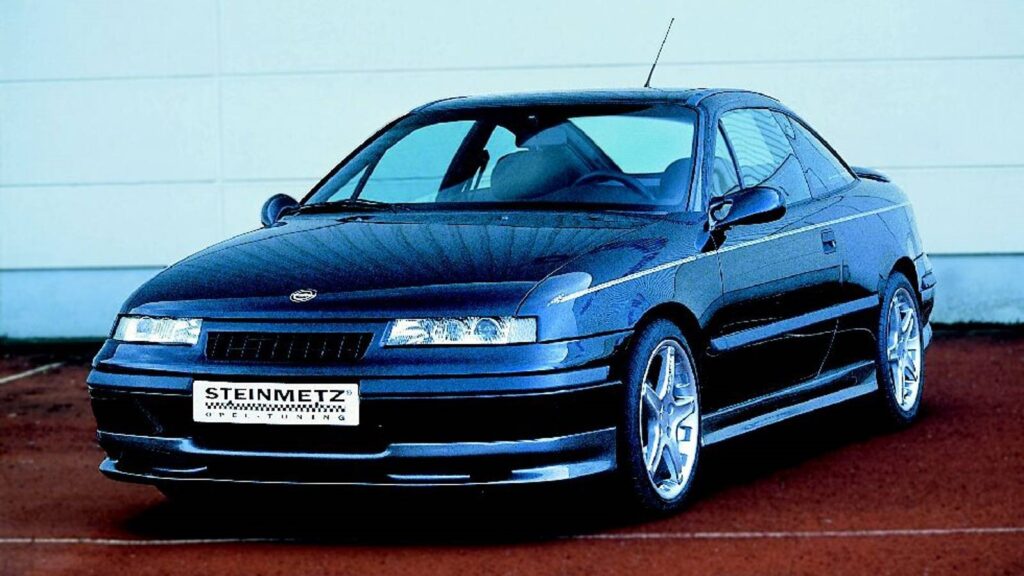Classical automobiles are becoming increasingly popular as investments. Not every classic car is suitable as a strategic investment, of course. The growth rates for grandfather’s old Opel Rekord Diesel are limited. Former mass-produced cars such as the VW Golf II or Audi 80 (B3, B4) are not becoming sought-after classics simply because of their age.
A Golf with plenty of horsepower under the hood, by contrast, is attractive, for instance, as a GTI. And not every Audi 80 is a bore either. For one, the coupe version of the B3 has become highly sought-after among collectors. The result: The Audi Coupé Quattro 2.3 20V (1988 to 1992) market value has nearly doubled in the past five years.
Generally nippy youngtimers from the late 1980s and early 1990s have recently seen particularly strong increases in value. Why are models like the BMW 5 Series E34, Mercedes W124 or even the Volvo 850 T5-R so attractive?
On the one hand, this is because those who thought these cars were great in their youth want to buy back a piece of that youth – and are now financially able to do so. For these customers, it’s all about the driving pleasure and not about tinkering with the old darlings themselves. They’d therefore rather buy a car in good condition now and pay more money for it than if in a few years there are only restoration objects left on the market.
Automobiles from the 80s and 90s not only stand for driving fun; they are also suitable for everyday use and relatively wrench-friendly. Starting in the noughties, many models went into electronic overkill. In the following are seven classics that have seen particularly strong gains in value over the past five years.
The Calibra became a sales hit for Opel 30 years ago. In contrast to its predecessor, Manta, this new sports coupé from Rüsselsheim not only looked sleek – it also drove like one. A Calibra 2.0i 16V with 150 hp (later 136 hp) can already run at more than 220 km/h.
The C20XE is also used in the Kadett GSi 16V, the Vectra and the Omega and is considered to be one of the best four-valve engines of its time. In 1992, an additional turbocharger was added to the 2.0i 16V – the result was the new top model: the Calibra Turbo 4×4.
With four-wheel drive, six-speed manual transmission and a whopping 204 hp, the sports coupé put the fear of god into the competition. Its top speed was 245 km/h, which was sheer madness for an Opel back then. Today, well-kept turbo candidates are rare and sought-after – especially if they are one of the coveted special editions.
The Calibra has several of these. They are called “Keke Rosberg,” “Cliff Motorsport Edition”, or “DTM Edition,” because the Calibra was also successful in the German Touring Car Championship (DTM) in the 1990s. A tip: The 2.5 V6 with 170 hp is also a good alternative to the rare Calibra Turbo 4×4.
You have to pay attention to this:
- Check the sills, the wheel arches and the longitudinal beams at the spring mounts of the rear axle for rust.
- Regularly change the timing belts of the engines.
- There are plenty of replacements for wear parts, but it gets more complicated with the sheet metal and interior.
- Caution tinkerers: Many Calibra were a victim of tuning.
Also Read:


















































Discussion about this post